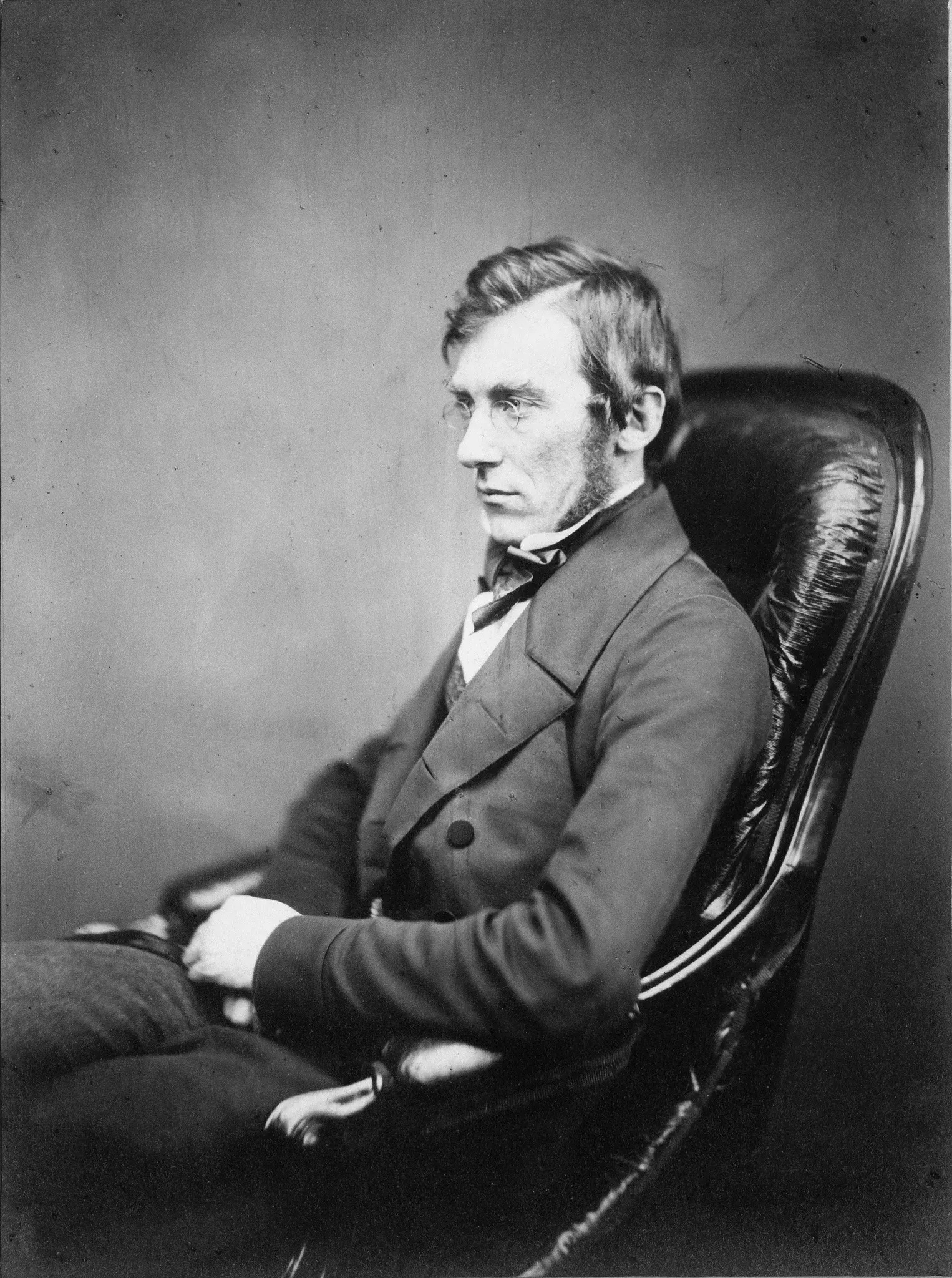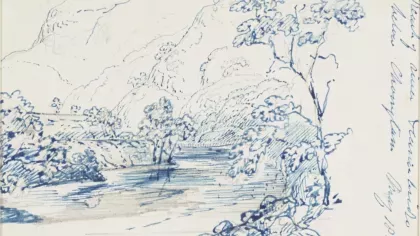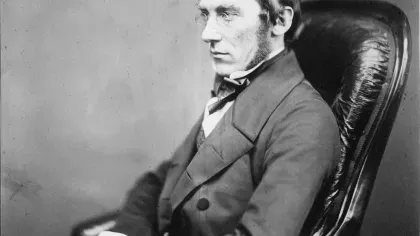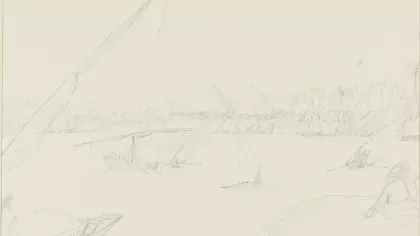23 June 2017
Sir Joseph Dalton Hooker: trailblazing global botanist and explorer
We explore Joseph Hooker's lifelong research into plant diversity and economic botany, as part of the celebrations at Kew to mark the bicentenary of his birth.

Sir Joseph Dalton Hooker
2017 marks 200 years since Joseph Hooker’s birth in Halesworth, Suffolk in 1817. One of the nineteenth century’s most famous and lauded British scientists, Joseph Hooker remains an influential figure to modern botanical science. Throughout his career he wrote numerous publications on plant taxonomy, plant geography and authored thousands of letters to family, friends, colleagues and contacts on a range of subjects including botany, geology, ethnology and plate tectonics.
In 1855 Hooker was appointed Assistant Director of Kew, later becoming Director in 1865. Joseph held this position for 20 years, retiring in 1885 but continuing to work up until his death in 1911. Hooker’s tenure as Director occurred at a time of great botanical and agricultural activity at Kew and all over the British Empire. It was a time of great scientific advancement with new species being discovered at an incredible rate, and new theories emerging that gave people a greater understanding of the world we live in, and Hooker was a central figure in this scientific development.

Joseph Hooker and his scientific practice
During his life Hooker travelled extensively. When he was 22 he was appointed Assistant Surgeon to HMS Erebus on the Ross expedition to the Antarctic (1839-1843) and used this post to do much botanising. In 1847 he gained a government grant to travel to India and the Himalayas. On this expedition he explored Sikkim and the surrounding areas, collecting over 6000 botanical specimens in India and Nepal. Later in life Hooker travelled to America, Syria, Palestine, Morocco, Russia and many countries in Europe. He also travelled extensively in the British Isles – visiting gardens, friends and colleagues in Wales, Ireland, Scotland and England.
During these travels and his time at Kew, Hooker routinely kept journals, notebooks and detailed letters of the discoveries he was making. He was also a skilled artist and would regularly produce field sketches of the plants he was collecting or the landscapes he was travelling through. Many of these handwritten and hand drawn works were later used as the basis for his published monographs, lecture and illustrated publications.
Economic botany, opium and Hooker
Hooker was not only interested in describing and naming plants but also in their economic properties as well. In 1847 Joseph’s father and predecessor as Director of Kew, Sir William Jackson Hooker, opened the world’s first museum dedicated to the economic properties of plants. The Museum of Economic Botany as it was called, aimed to show visitors not only economically important crops such as cotton, timber or tea but also the processes through which these plants would be cultivated and transformed, and the resulting products that could be obtained.
During his travels in India (1847-1851), Joseph specifically sought out plants and products which would be of interest to his father's museum and the British colonial administration.
“With regard to things for the Kew Museum I have done my best; (but the scanty population of the districts I passed over is against much exercise of the arts.) One of the most curious things procured (& I think ever seen) is a fine bellows made entirely of the leaves of a tree & used for smelting iron by the indigenes or aborigines of these parts.” (JDH/1/10 ff.55-58)
One such plant and its economic product was Papavera somniferum – the opium poppy. Following his arrival in India in January 1848, Hooker took a boat trip up the Ganges to explore the landscape and flora of the region and specifically travelled to Patna to see the ‘famous’ opium stores. Whilst on the visit Hooker arranged for the purchase of a series of paintings showing the stages of growing the opium poppy and examples of the implements used in the opium manufacture to be shipped to William Hooker for the Museum of Economic Botany. Both the paintings and implements were subsequently put on display for the visiting public.
- Cam Sharp Jones -
Project Officer - The Joseph Hooker Correspondence Project


